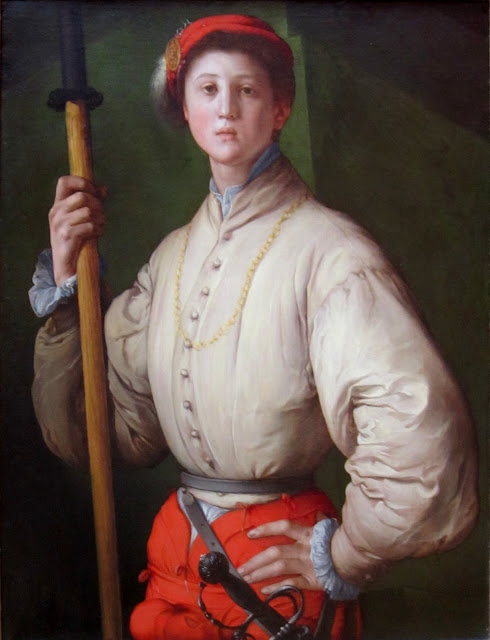Did you know that in many sculptures or portraits we can recognise diseases and syndromes? This is what I’d like to show you in this post. Ready for our art lesson about medicine?
Hermaphroditism
The Sleeping
Hermaphroditus is an anonymous sculpture from the Ancient Roman times. In 1620
Bernini was commissioned the mattress on which the statue stands.
A nymph fell in love with the young man, but he did not reciprocate her feelings. One day, as Hermaphrodite stood by a lake, she approached him and asked the gods to join him forever. The gods, moved, did what the nymph requested, merging their bodies into one: this gave rise to a creature endowed with both feminine and male features.
So, Hermaphroditism is a rare condition that manifests itself from birth and is characterized by the presence of both male and female sexual characteristics. This phenomenon arises from an alteration in the processes of genital differentiation. Consequently, ovarian and testicular tissue develop simultaneously.
David with the Head of Goliath ( the Roman version) is a canvas by Michelangelo Merisi, known as Caravaggio, between 1609 and 1610. This work represents a biblical event: the clash between the hero David and the giant Goliath. Young David, during a battle, at first hurts Goliath in his forehead with a stone, and then beheads him with his sword.
Goliath' s disease is called gigantism. We talk about gigantism when we have an exaggerated growth of an individual, compared to the reference population. The cause of this disease is an overproduction of the hormone GH (growth hormone). Because of that, there is an exaggerated elongation of long bones. Gigantism manifests itself since childhood.
Alopecia
The portrait of Battista Sforza is part of a diptych that also includes the portrait of Francesco da Montefeltro (her husband), both made by Piero della Francesca between 1465 and 1472. You can see how her hair looks thinner than normal.
Marfan Syndrome
Portrait of a Halberdier is a painting by Jacopo Carrucci, known as Pontormo, in 1530. The boy in the picture has some body parts more elongated than others (arms and fingers).
He suffers from the Marfan syndrome which is an inherited connective tissue disease. It mainly affects the eyes, the cardiovascular system and the musculoskeletal system. However, since each organ is made up of connective tissue, it could also affect other parts of the body.
What
gives rise to this syndrome is an alteration of the FBN1 gene (on chromosome
15) encoding fibrin.






No comments:
Post a Comment